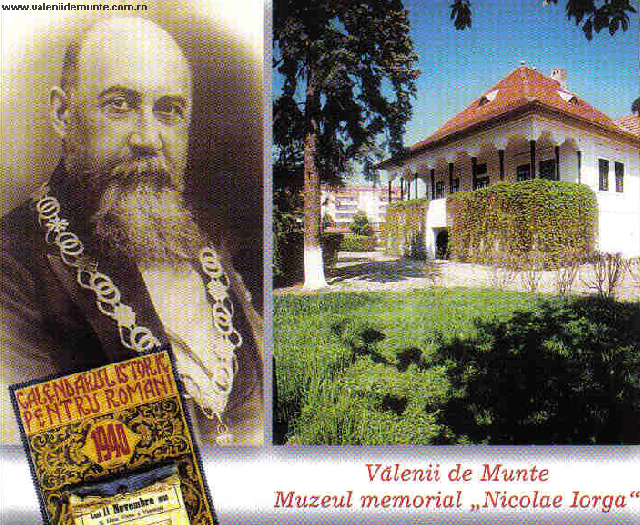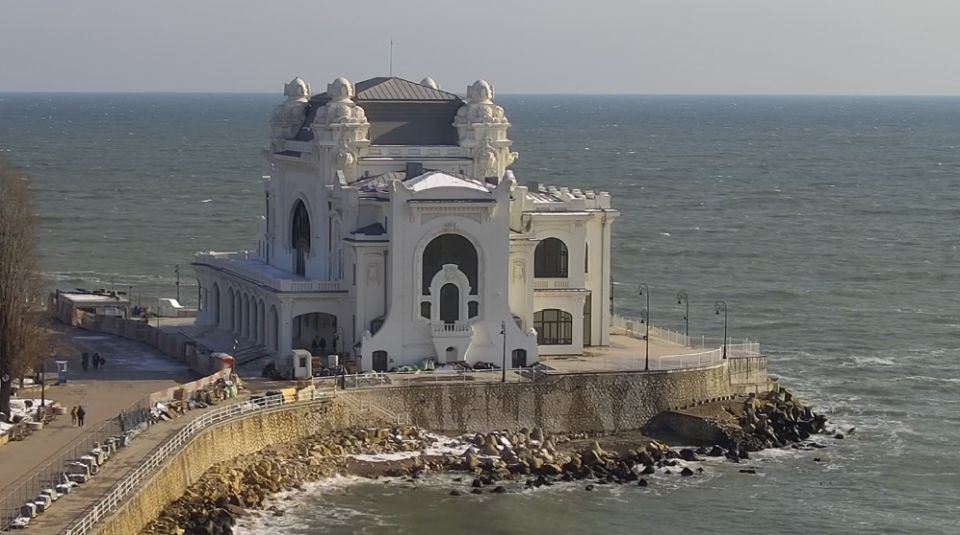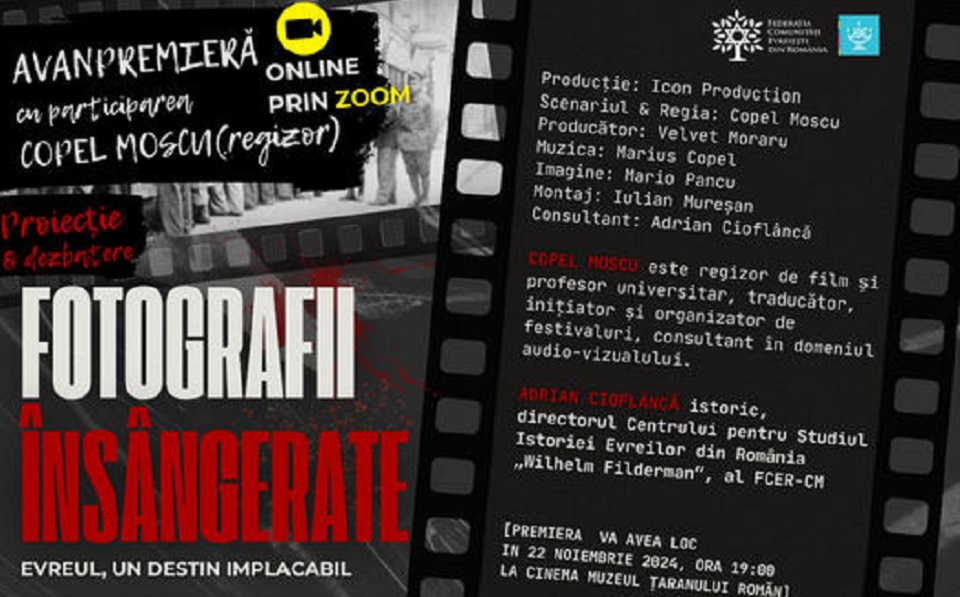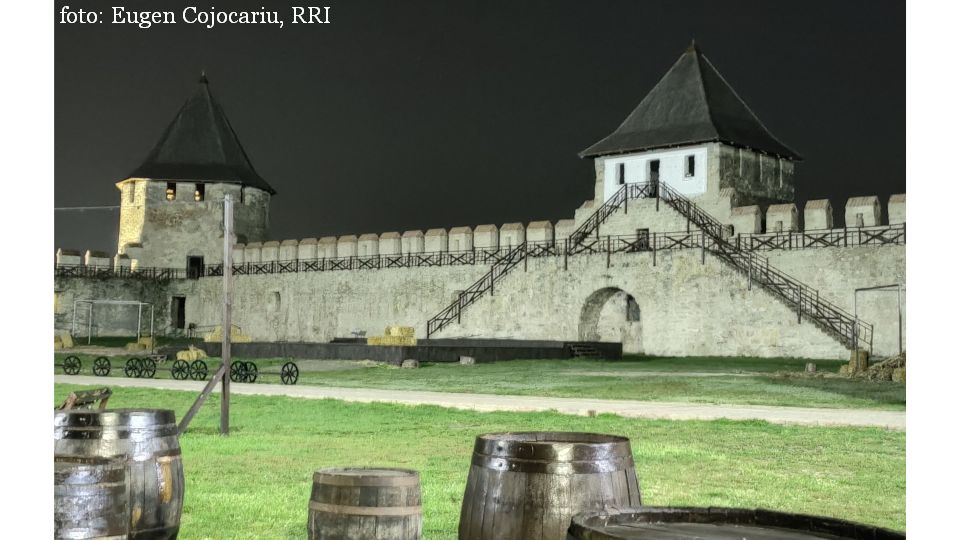The “Nicolae Iorga” Museum Complex in Valenii de Munte
A historian, politician, writer, literary critic, journalist and last but not least a professor, Nicolae Iorgas name has remained instilled in the memory of Romanians for his tragic death.

Răzvan Emilescu, 11.01.2014, 12:00
Of all the iconic personalities of Romanian culture, Nicolae Iorga holds pride of place. A historian, politician, writer, literary critic, journalist and last but not least a professor, Nicolae Iorga’s name has remained instilled in the memory of Romanians for his tragic death.
He died assassinated by legionnaires in November 1940. The execution took place close to one of his usual residences in Valenii de Munte, Southern Romania. The place henceforth has remained emblematic of Romanian culture. Built around 1833 by a local nobleman, the house was first seen by Iorga in 1907. He immediately took a liking for it and bought it. He moved there only three years later, after another two wings had been added to the original house.
Mihaela Voicea, a curator with the “Nicolae Iorga” Museum Complex in Valenii de Munte told us more about the offers of the museum. “The house has four main rooms. The first served as Nicolae Iorga’s studio, the place where he spent most of his time writing. The historian wrote over 1350 books and 25,000 articles. His studio also contains a plethora of personal objects: a Cordoba-leather portfolio, his inkpot and writing feather, a photo of Ecaterina Iorga in her old age. In front of the desk there is a collection of issues of “Neamul Romanesc”, the paper Iorga ran and edited in Valenii de Munte. There is also an elephant-shaped clock Iorga had received from Romanian students in America”.
Another room is the bedroom, fitted with red sycamore maple furniture with folk motifs from Campulung Moldovenesc, which is telling of Iorga’s propensity for peasant culture.
Curator Mihaela Voicea: ”18th century icons hung above the bed, while in front of the bed there is a beautiful ebony jewel case. Then there is the lavatory, with the mirrors and the perfume crystal phials, Carara marble, as well as a very beautiful photograph of Ecaterina Iorga when she was 18, in traditional outfit. Then we reach the little drawing room, where Ecaterina Iorga used to entertain her guests. A glass show case can be found in the drawing room where travel items are on display, as well as five photos of his children. Iorga had 11 children, 4 from his first wife, Maria Tasu, whom he divorced, and 7 from his second wife, Ecaterina. It is also here that we can find Ecaterina’ s portrait, painted by Sever Burada in 1925, as well as her writing desk. We now reach the last room, the grand hall, where the historian received his guests. Lots of paintings can be found here, two by Nicolae Grigorescu, which were offered to Iorga as a gift in 1904, namely, “In the Campinita River Valley” and “Apple Flowers”. There is also Iorga’ s portrait, painted by one of his nephews, Catul Bogdan. It is also here that we can find Iorga’ s favorite painting, featuring one of his ancestors, the Steward Iordache Draghici. “
In the hallway of the house in Valenii de Minte you can also admire two lithographs, depicting Ruling Prince Alexandru Ioan Cuza and his wife, Elena, as well as a portrait of Nicola Iorga, depicting him as he was granted the title of Doctor Honoris Causa of the University of Oxford in 1931. A most accomplished rhetorician as well as a politician who was extremely set in his ways, for less than a year, over 1931-1932 Iorga was Prime Minister. His articles and avowed political stance sparked off the conflict with the Iron Guard, whose members eventually assassinated him on November 27, 1940 in the forest near Strejnic, close by the city of Ploiesti, Southern Romania.






























